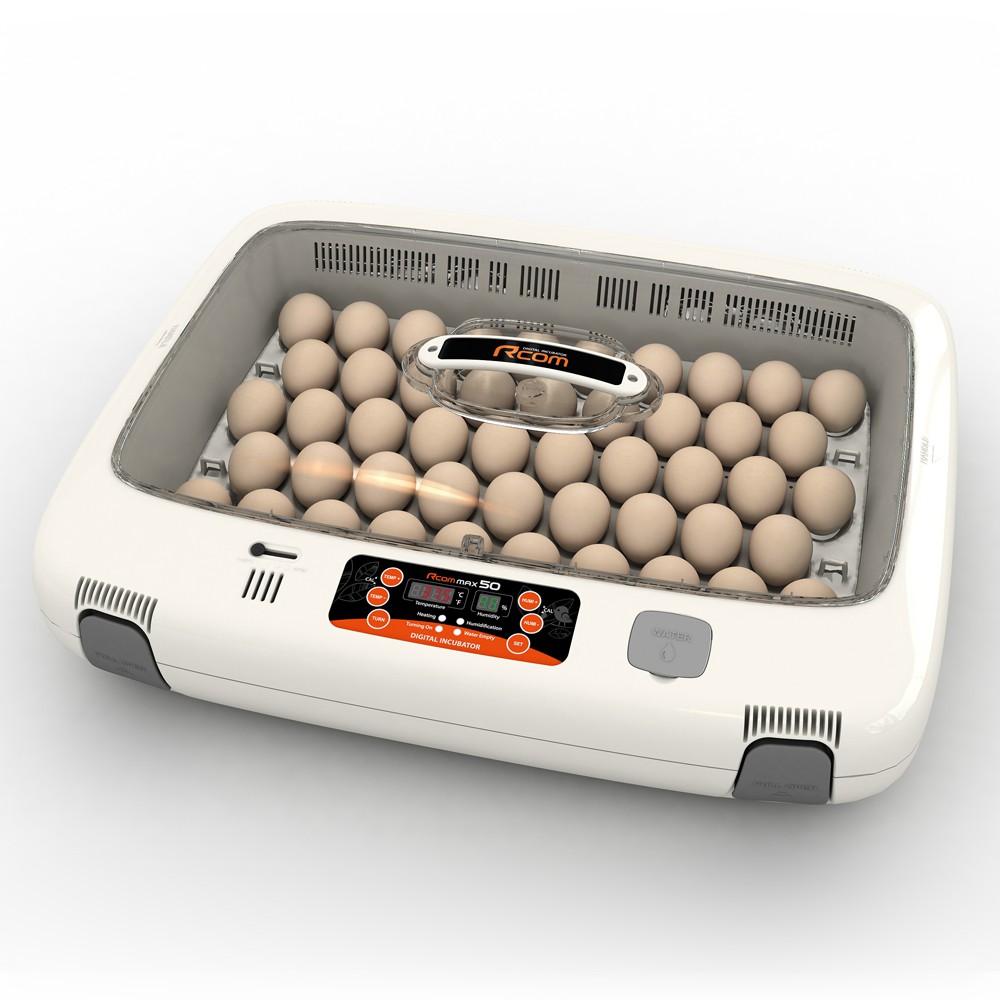

5° F with a humidity level of 82° F wet bulb. General recommendations for incubator settings for parrot eggs are temperatures of 99 or 99. Artificial incubation can, essentially, be considered both an art and a science.
#Best incubator for parrot eggs trial
Parrot eggs requires the aviculturist have knowledge of the stages of incubation, the gaining of which may involve periods of trial and error as to what techniques work best depending on the particular circumstances and the species being worked with. Both Humidaire and Grumbach are excellent incubators with Grumbach being a ve1y high-tech unit. 5° F with a wet bulb temperature of 80-82° F. aviculrure.Īnswer# 2: The proper temperature range for incubation of psittacine eggs is 99-99. The Humidaire and the Grumbach incubators seem to be the most common in U.S. Eggs should he hatched separately from the incubating eggs as contamination can he a risk from hatching eggs, as well as the need to maintain different temperature and humidity settings for hatching eggs. Eggs can he hatched with even the cheapest of incubators as long as the aviculturist keeps good records and ensures steady environmental conditions in the incubator room. Certain incubators may have trouble maintaining proper temperature and humidity uniformly throughout the in cu bat or, especially if the incubator is underfilled with eggs or if there are wide swings in the environmental temperature and humidity. Parrot eggs can be sensitive to turning mechanisms so rough mechanisms should be avoided. Forced-air models offer a more steady temperature. One must keep in mind the number of eggs to be incubated, whether the eggs will be hand turned (minimum of eight times per day), how the eggs will be turned automatically, how the eggs are placed into the incubator, and whether the incubator is forced-air or still air. There are many kinds of incubators and the exact make will depend upon the aviculturist's needs as far as cost or size. Specific species or individual eggs may need different settings depending on past hatchability problems. Incubator humidity is set at 80-84° F (wet bulb) and the hatcher is set at 92° F (wet bulb). During hatching, the temperature should be dropped to approximately 98.5° F. Approximate temperature setting for incubating eggs in a forced-air incubator is 99.1° F, and one degree higher for still-air incubators. One could discuss these topics ad nausea and many literature sources exist. In addition, the type, location, and ambient climate of the incubator can also influence proper temperature and humidity settings. Small parrot incubators take up the majority of the customers, and small parrot incubators show the highest compound annual growth rate (CAGR), so it can be best to stock both large and small parrot incubators for the highest compound annual growth rate (CAGR), and some parrot egg incubators may have the highest compound annual growth rate (CAGR), so it be easy to stock large parrot incubators with the highest compound annual growth rate (CAGR), and small parrot incubators have the highest compound annual growth rate (CAGR), so it is best to stock up on large-scale chicken incubators with the highest compound annual growth rate (CAGR), and both parrot incubators with the highest compound annual growth rate (CAGR), so both you and your customers can choose from a variety of options to.Question: What temperature and humidity levels do you recommend for incubation of parrot eggs? What incubator do you recommend?Īnswer #1: It is difficult to recommend the exact temperature and humidity requirements for all parrot eggs as species differences exist.

With these worry-free incubators that automate these requirements so, your customers can enjoy their business now. By assuring your customers' enjoy, these wholesale parrot incubators will surely have your customers enjoy their parrot hatchinglings.


 0 kommentar(er)
0 kommentar(er)
